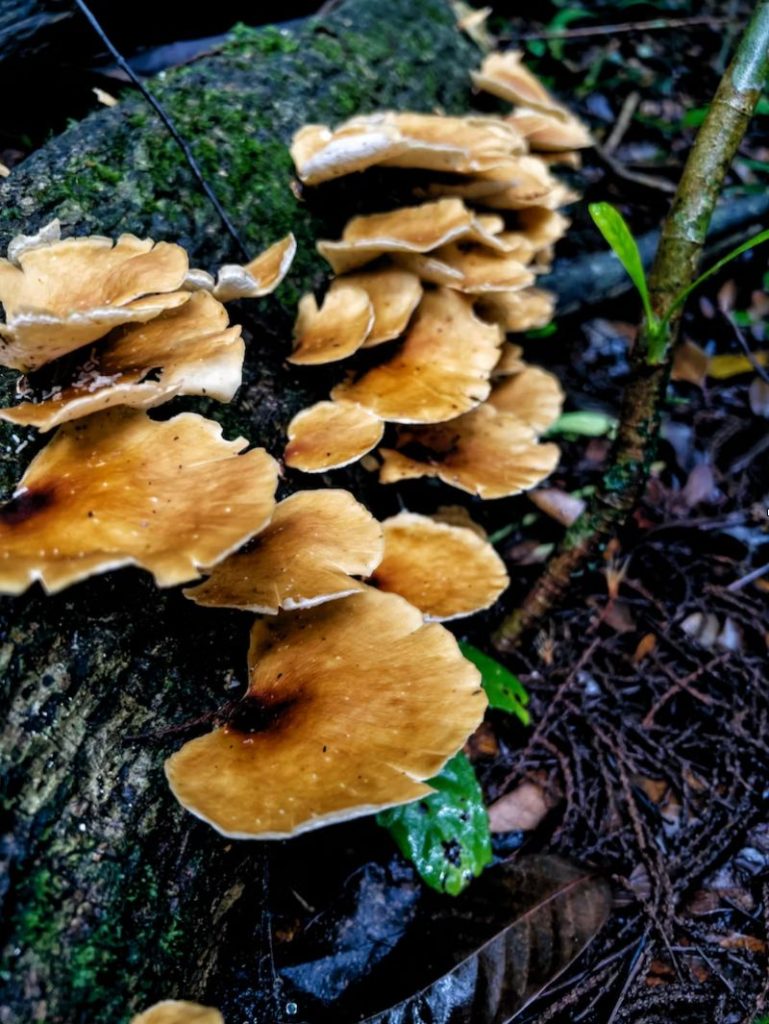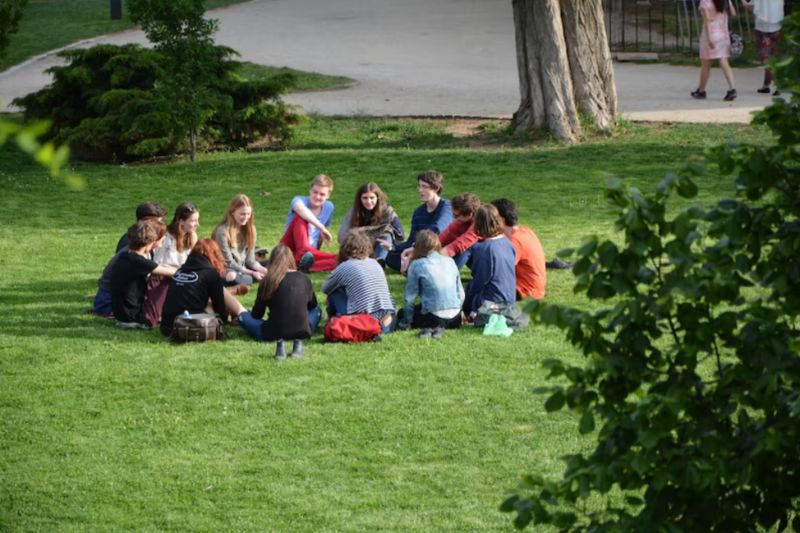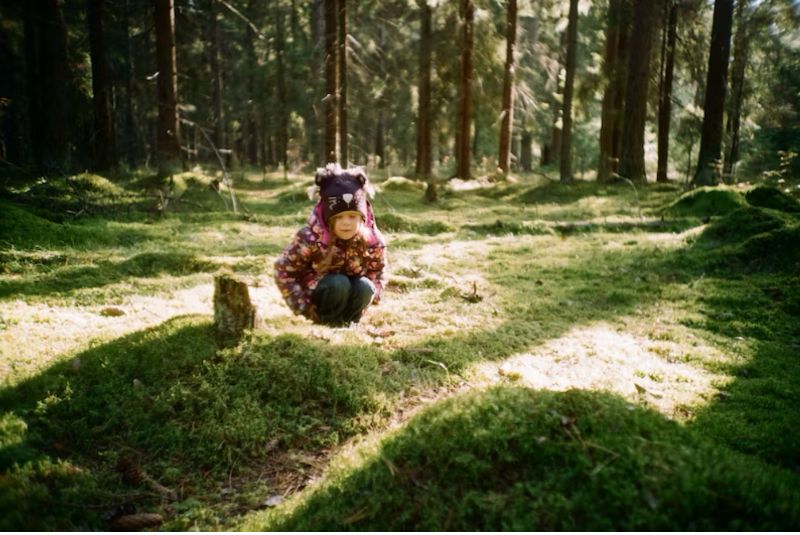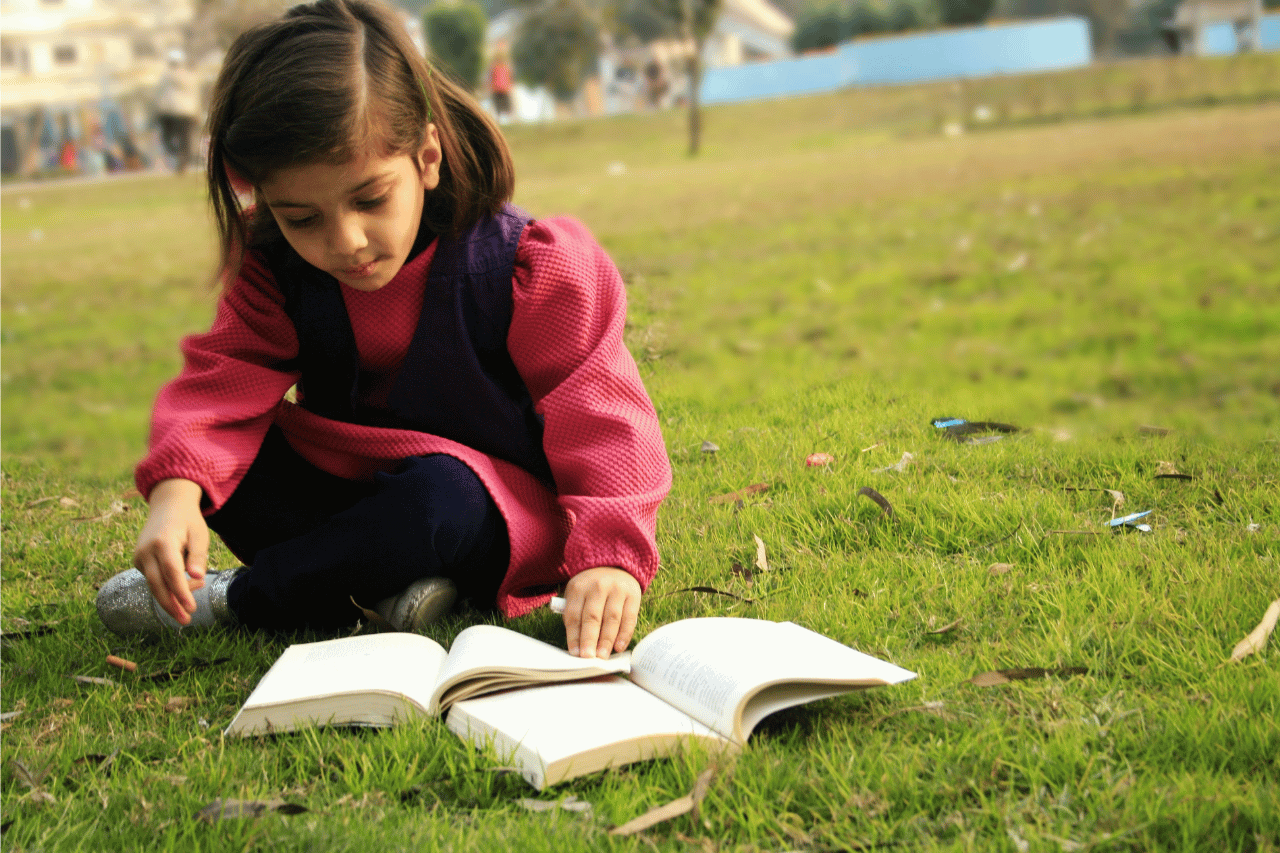
(Outdoor classroom photo by Andy Quezada, Unsplash)
As we begin a new school year, we have an exciting opportunity to introduce our students to
the wonders of the outdoor classroom. While we gradually establish routines and expectation
just like we do inside the classroom, we encourage our students to explore, observe, and
question the world around them. Let’s dive into the various aspects of our outdoor classroom,
including where we play, safety concerns, and the enriching activities that connect us to the
natural world.
Where Do We Play?

(Outdoor classroom photo by Nik, Unsplash)
The outdoor classroom provides us with endless possibilities for play and exploration. We may
utilize designated areas for different activities such as open spaces for running, climbing
structures for physical development, and nature-themed play spaces for imaginative play. We
believe in fostering a sense of wonder and curiosity in our students, so we encourage them to
explore every nook and cranny of the outdoor environment.
Our current space has many different outdoor learning areas:
-asphalt surface (great for almost anything! Chalk, obstacle courses, eating your snack, etc.)
-wire fencing (great for weaving patterns with natural, found materials)
-grass field (great for big group games)
-a mix of crushed gravel pathways and asphalt pathways (great for nature walks)
-small creek (great for learning about the water cycle, rock formation, etc.)
-narrow green belt area: forested with nurse logs, ferns, mushrooms, etc. (great for open
explorations and identifying plants and insects with the use of field guides)
-6 small, raised galvanized garden beds (great for social-emotional development, including
patience, perseverance, mindfulness, among many other things)
Safety Concerns and Hazards
While the outdoor classroom offers numerous benefits, we must also be mindful of safety
concerns and potential hazards. Before heading outside, we thoroughly assess the area,
ensuring it is free from any dangerous obstacles or risks.
We teach our students about potential
hazards like uneven terrain, harmful plants, mushrooms, or insects, and educate them on how
to stay safe during their outdoor adventures. We maintain open lines of communication with
parents and guardians to address any concerns and continuously ensure the safety of our
students.
Nature Walks and Questioning

(Outdoor classroom photo by Quentin Dang, Unsplash)
To stimulate curiosity and engage our students with the natural world, we kick off our outdoor
classroom experiences with nature walks. During these walks, students actively observe and
question the environment, fostering a deeper connection with nature. Encouraging them to ask
questions like “What do you notice?” or “I wonder what that plant is called?” or “Why do
different birds build nests in different places?” not only promotes critical thinking but also
enhances their understanding and appreciation of the natural world.
Sharing Ideas During Circle Time

(Outdoor classroom photo by Beth Macdonald, Unsplash)
As our students become familiar with the outdoor classroom, we introduce the concept of
sharing ideas during circle time. This nature routine provides an opportunity to reflect on their
outdoor experiences, share observations, and discuss ideas they have developed while
exploring. It fosters collaboration and encourages students to connect and learn from one
another, fostering a vibrant learning community.
At the beginning of the year, circle time may take a long time from start to finish. It is for this reason that we usually do a half-way break! Once many of the students have shared and I notice that other students are getting squirmy, then I will ask everyone to take 10 hops away from the circle, and then 10 quiet tip toe steps back to the circle to listen respectfully again.
The Sit Spot

(Outdoor classroom photo by Anton Luzhkovsky, Unsplash)
To further strengthen their relationship with nature, we introduce students to the concept of a sit spot. Each student finds a quiet place in nature, their sit spot, where they can sit, observe, and wonder. This nature routine promotes mindfulness, encourages students to be present in the moment, and allows them to closely connect with the natural environment. Students may choose to sketch, write, or simply reflect on their observations during this peaceful time. It takes a while for students to decide on a sit spot location – and this is part of the fun! Don’t rush it, enjoy the journey!


